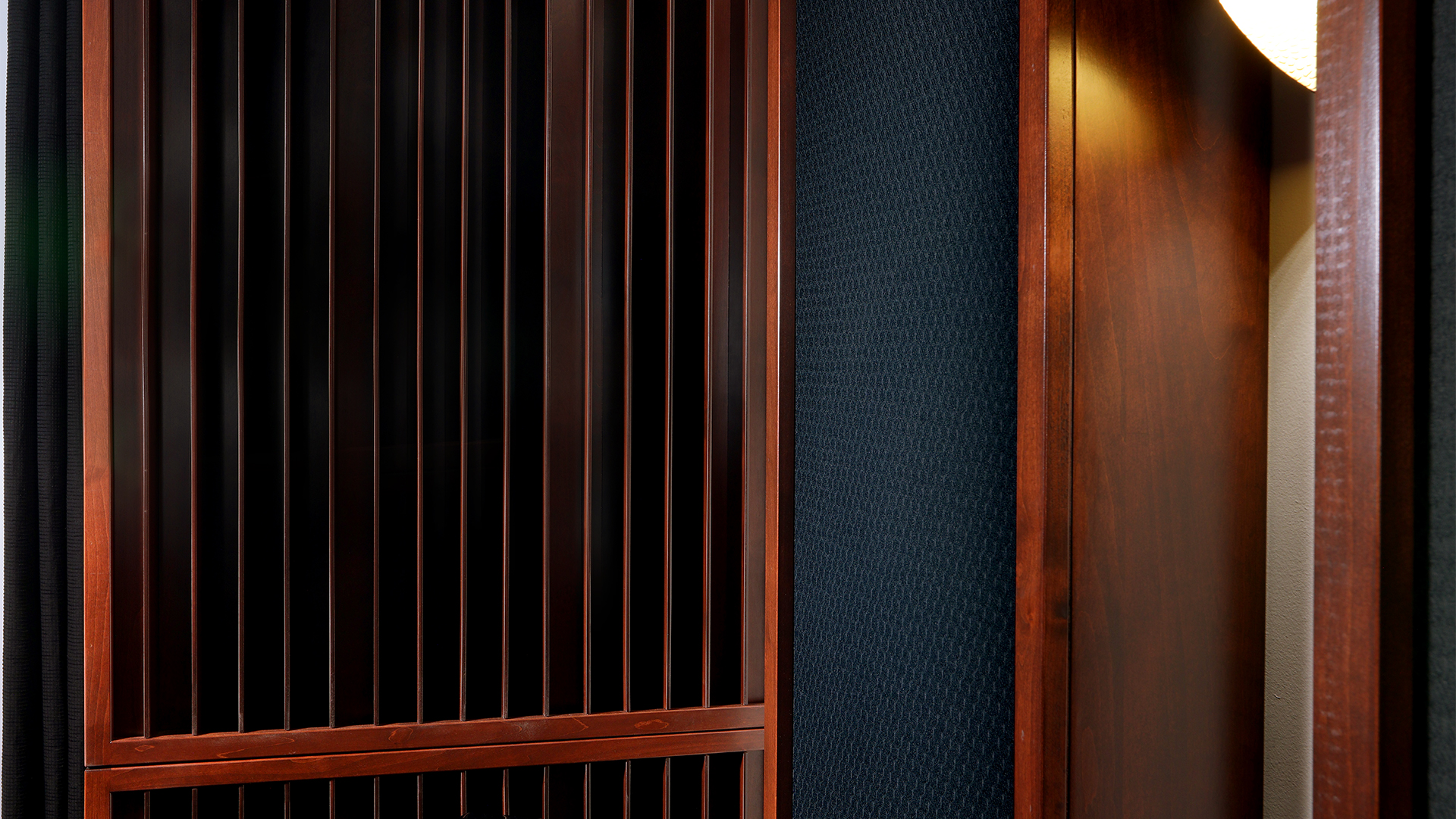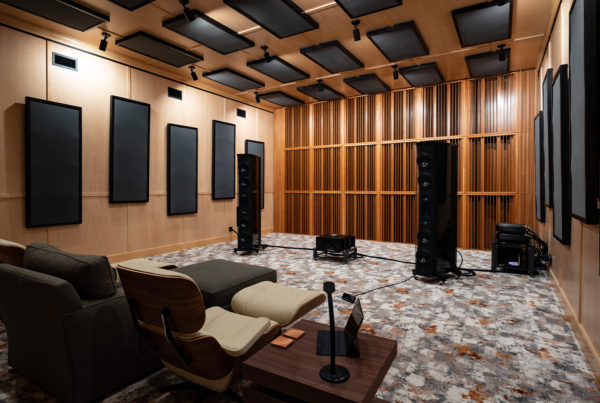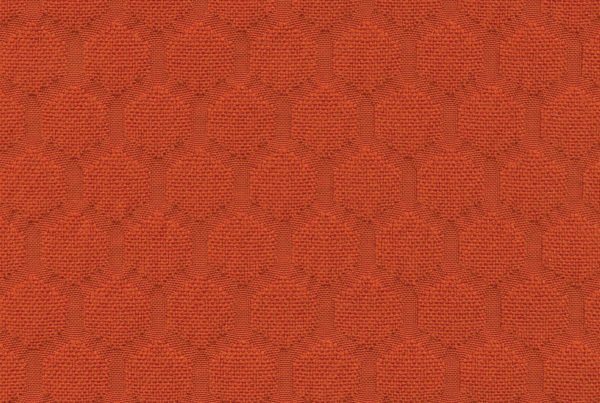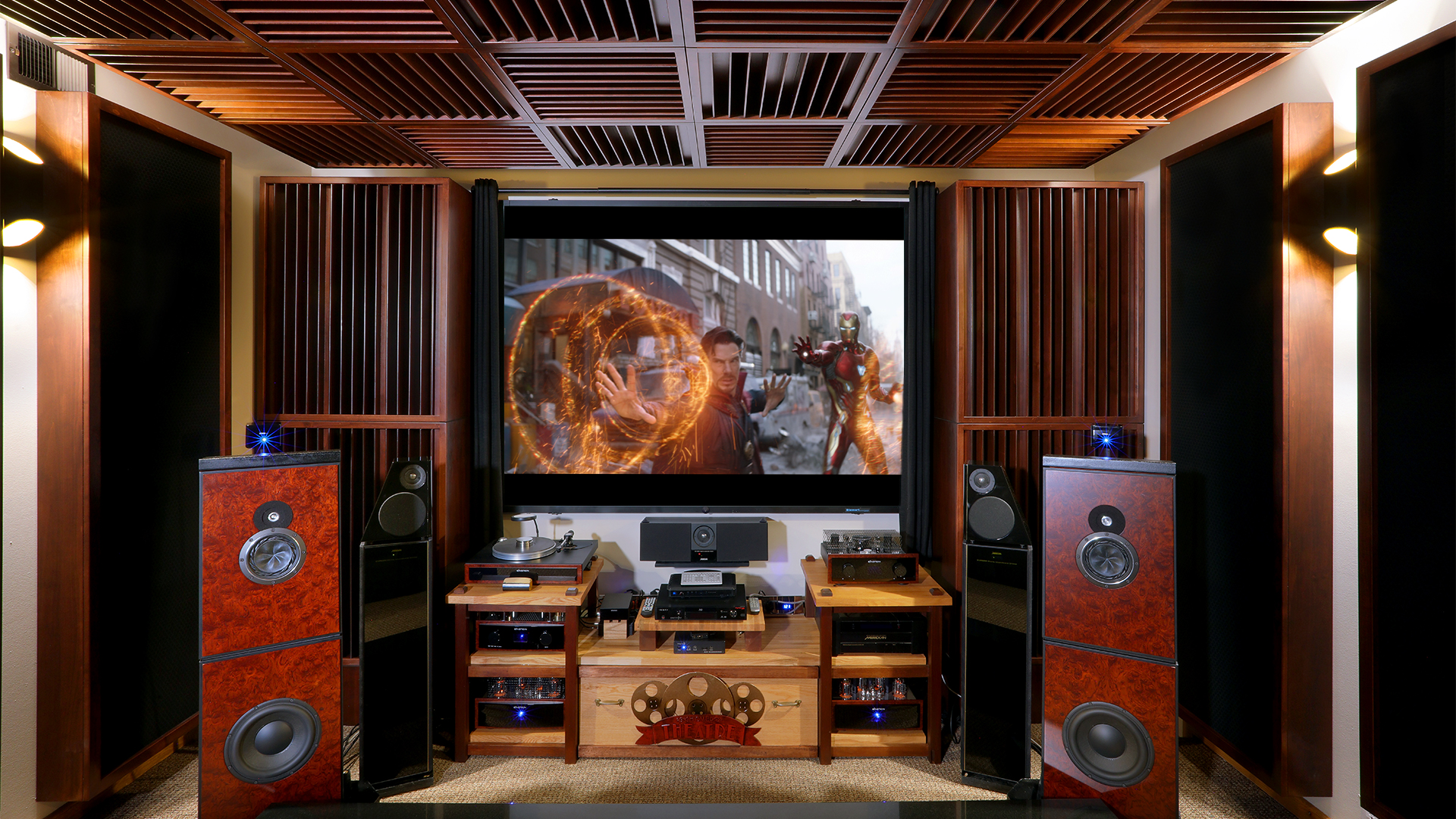Home theater diffuser placement must be considered very carefully. With multiple channels of full-range energy spewing into the room many variables must be taken into consideration. What are the dimensions of the room? How many channels of energy within the room? How many listening positions? What is the distance from the listening positions to the walls floor and ceiling height? many variables must be taken into consideration when considering any home theater diffuser treatment. Each diffuser is an acoustic tool. It has a specific frequency response just like a speaker. You must match the frequency response of the diffuser to the room usage and the distances available from the listening position to the wall surface area. Let’s take a look at quadratic diffusion which is the only true diffuser that satisfies all the six requirements of a truly diffused sound field within a room. There are three sound fields in our rooms. We have floor to ceiling, sidewall to sidewall, and front to rear walls.
Quadratic Diffusers: https://www.acousticfields.com/how-to-build-a-quadratic-diffusor/
Diffuse Sound Fields
To achieve a diffused sound field in any room we must use diffusers that satisfy the room requirements. They can be placed on the ceiling and rear walls along with the front and rear walls for home theater diffuser placement. Where they are placed, what diffusion prime number to use has everything to do with distance from the wall to the listener and the room usage. Only quadratic diffusion can satisfy all these six requirements that must be achieved in a room that truly has three distinct sound fields. Here are the requirements. We have two choices when it comes to positioning our quadratic diffusers. If we position them vertically they diffuse energy out in a 180-degree horizontal array of energy. If we position them horizontally they diffuse sound out in a vertical direction. Which method of positioning either horizontal or vertical depends on room usage along with budget and distance from the diffuser to the listener’s ears.
- No spatial irregularities in-room frequency response
- The “beats” in decay characteristics must not be audible
- The decay rate must be exponential
- The decay rate must show straight lines on algorithmic scales
- The reverberation times must be the same in every room location
- The decay character must be the same at all frequencies
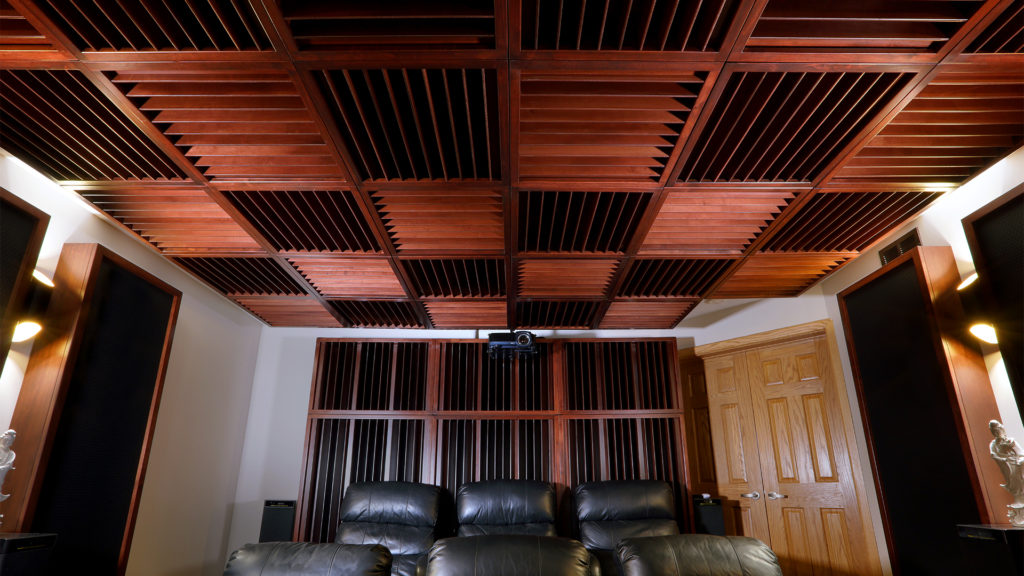
Quadratic Diffusion
Quadratic diffusers consist of a series of wells or troughs that have different depths and widths. The well depth of a quadratic diffuser is based upon quarter wavelength rules. The well width is determined by half-wavelength rules. The well depth determines the lowest frequency the diffuser will diffuse at. The well width determines the highest frequency the diffuser works at. Each quadratic diffuser is based upon a prime number. The formula to determine the prime sequence is too complicated for the purposes of this discussion. There are prime number diffusers that begin with prime 7, 11, 13, 17, 19, and 23. The prime 7 is 4″ deep, the prime 11 is 9″ deep, the prime 13 is 12″ deep, the 17 is 16″ deep, the 19 is 17″ deep and the 23 is 17″ deep. What prime number to use depends upon space availability, budget, and room usage.
Diffuser Function
The acoustical purpose of a quadratic diffuser is to make a small room sound larger. Quadratic diffusers act like magnifying glasses. They will magnify the parts of your room response that are in balance and they will magnify those parts of your room that have not been treated correctly. When using diffusion you must have the low-frequency issues within your room managed correctly using the proper rates and levels of absorption. You have also to manage the middle and high-frequency reverberation times. Look at condition number 5 in our list above of the six requirements we need for a truly diverse sound field. You must have all your lows, mids, and highs balanced within the room before diffusion goes in. Since diffusers act as magnifying glasses, the lows, mid, and high issues that are untreated will stand out in the room like a sore thumb. Diffusion is a great acoustical tool but it has requirements from the room in order to its job correctly. Once installed after issues resolved, Your room will sound twice as large with the same resolution and detail as your before diffuser room. Diffusion is the chocolate sauce on the ice cream. You must have the ice cream first.
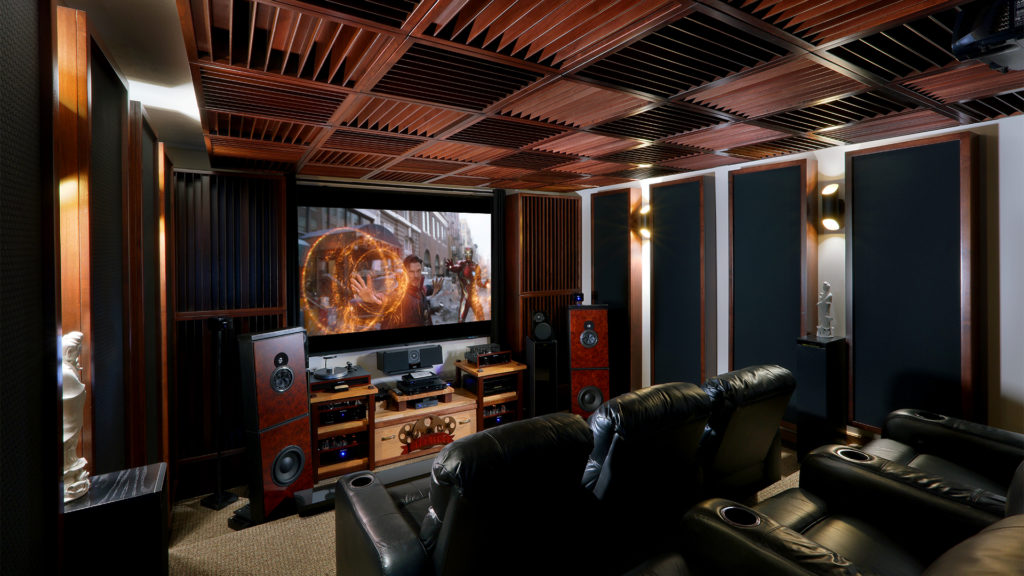
Diffusion: Room Usage Specific
What diffuser to use depends on many variables. What is the room usage? How much diffusion “space” do we have to physically position the diffusers. What is our budget? Home theater diffuser treatment is best reserved for the ceiling and rear wall at a minimum. If budget permits then front wall. Ceiling and rear wall diffusion in any home theater diffuser placement will do many things. First, it will make the ceiling height “sound” larger than it is. It will be like having a 10′ ceiling that “sound’ like it is 15′ away. Objects that move on-screen will be better time aligned and the audio will follow the video with increased resolution and detail. Objects will have “weight”. They will sound like their size and mass. This is due to proper low-frequency management that supports the correct attack and decay rates for low-frequency issues. Live rooms are different than in home theaters. In a live room, we have microphones that record sounds. Not in a home theater, no microphones required. Reverberation times, the reflections from all the room surfaces, are higher in live rooms than in home theaters. Control rooms present their own set of requirements.
About Us At Acoustic Fields: https://www.acousticfields.com/about/


